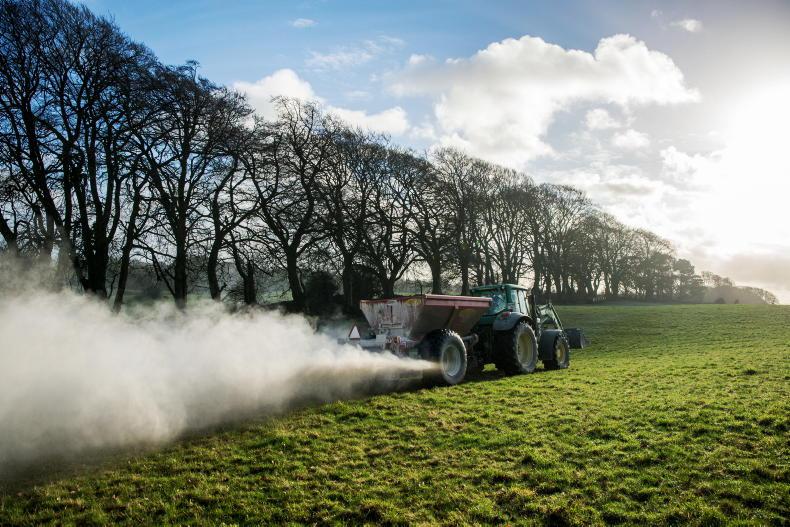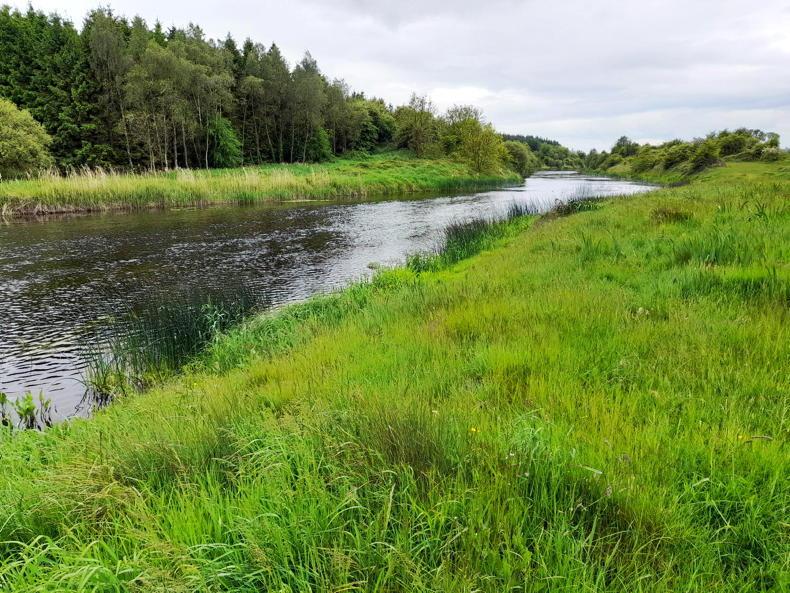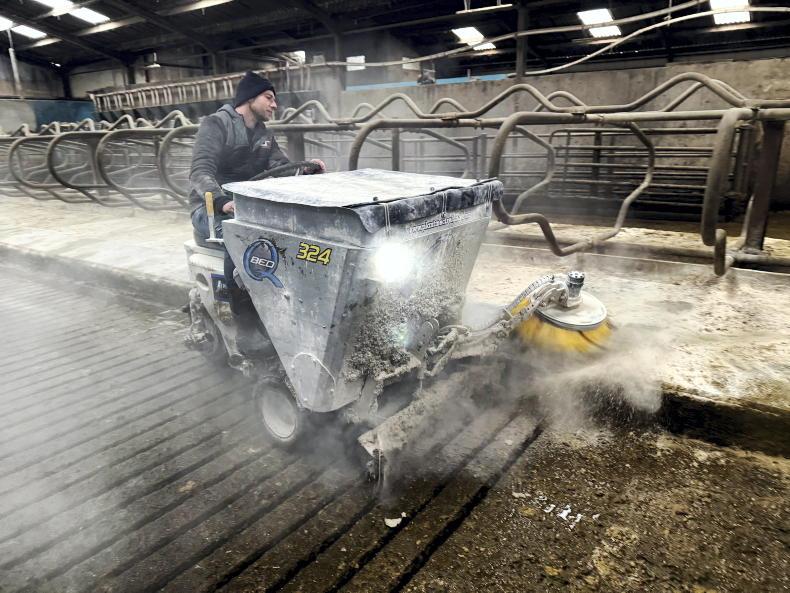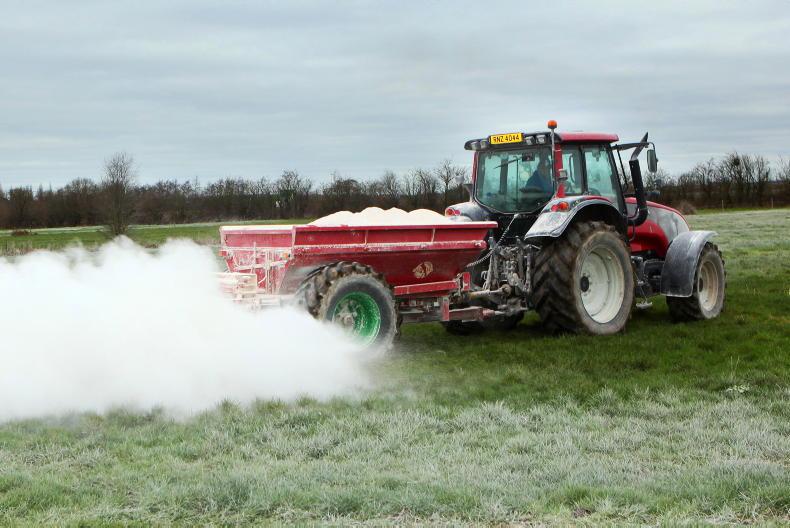National soil test results show that up to 48% of grassland soils are below the target pH of 6.3.
While some soils on the farm, such as habitats and other areas maintained for biodiversity value, may not need to achieve this target pH, the areas used for production of grass and crops require a more neutral pH range (6.3 to 7.0) to reach production targets and high levels of nutrient use efficiency.
These and other benefits of liming Irish soils are well known, as our soils tend to be naturally acidic and require regular lime application to maintain their productive capacity.
Maintaining grassland soils within the correct soil pH range will also help to increase the release of N from soil organic matter soil N (up to 70kg/ha/year N) and improve the availability of soil P and K following application of fertiliser or organic manure.
The following are frequently asked questions about the application of ground limestone.
When is the best time to apply lime on silage fields?
On silage ground, it is better to apply lime immediately after cutting, when grass cover is low. This avoids transporting lime to the silage pit where it can keep the pH high and affect silage preservation. Apply slurry or urea one week before applying lime on silage ground.
When is the best time to apply lime to fields targeted for reseeding?
Ideally, apply lime as recommended on the soil test report one year in advance of reseeding to allow it sufficient time to work.
Alternatively, apply lime in advance of reseeding when the old grass swards are being desiccated, or incorporate lime directly into the seedbed where it has good soil contact prior before sowing.
Can slurry and lime be applied at the same time?
Where lime is present on the soil surface it can increase the loss of N to the air after slurry application. If slurry is applied first, leave up to 10 days before spreading lime. If lime has been applied, avoid slurry application for up to three months so that it is well washed into the soil.
What is the maximum rate of lime in a single application?
Apply a maximum of 7.5t/ha (3.0t/ac). Where more lime is recommended, apply the balance after two years.
What is the target soil pH on soil with high molybdenum (Mo) levels?
High levels of Mo in grass can reduce copper uptake in grazing animals. On soils with high-Mo status, there can be increased Mo uptake in grass and an increased risk of copper deficiency occurring. Increasing soil pH (especially >6.2) increases Mo availability. To minimise soil Mo availability and uptake by grass swards, maintain soil pH in the range of 6.0 to 6.2. Alternatively, you can supplement your grazing livestock with copper.
How long should you leave between spreading 10-10-20 or CAN and lime?
There is no need to leave a gap with CAN or N-P-K compounds as lime will not affect N losses from ammonium-nitrate forms.
How long should you leave between spreading protected urea and lime?
There is no need to leave a gap between lime and protected urea as the protection on the urea reduces N losses as ammonia gas.
When is the best time to apply lime to grassland soils?
Lime paddocks when they are grazed out and when rain is forecast.
Once lime is washed off the leaf by rain, you can allow livestock back in to graze paddocks.
How do I determine the quantity of lime required to correct soil pH?
A recent soil report will show the rate of lime required depending on the soil type, soil pH and crop type.
Is there a difference between calcium and magnesium lime?
Both calcium lime and magnesium lime are excellent lime sources for correcting soil acidity. Where soils are low in magnesium, apply magnesium lime. Magnesium lime may be beneficial on soil with suspected high Mo levels due to its slightly slower speed of reactivity (ie it increases the pH at slower rate) compared to calcium lime.










SHARING OPTIONS